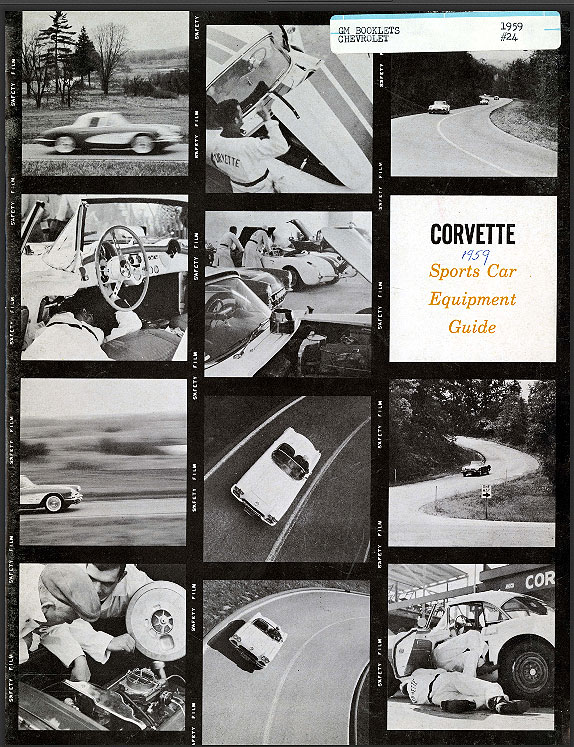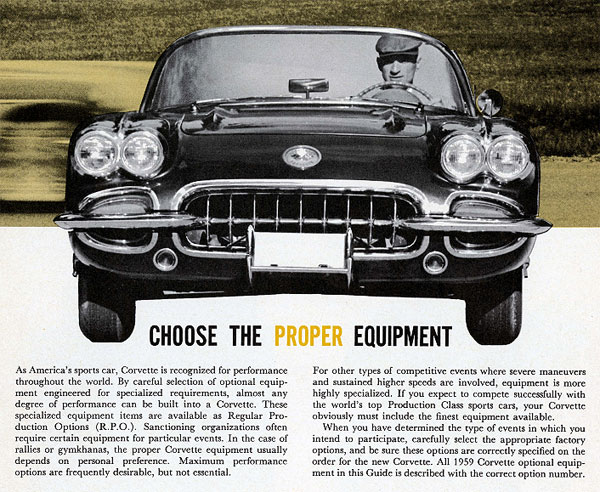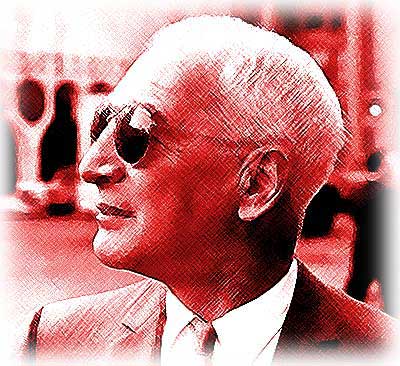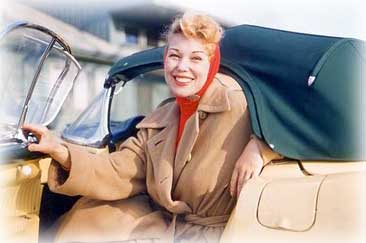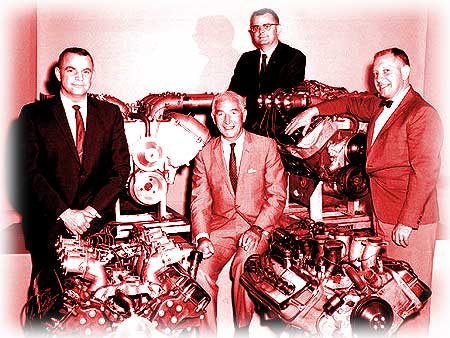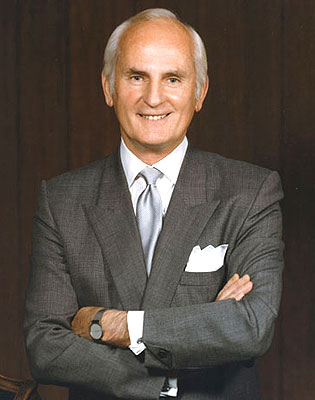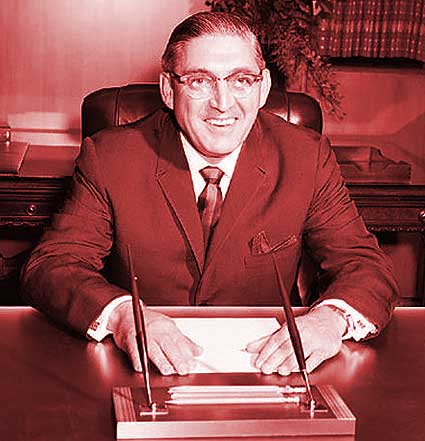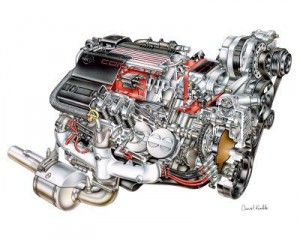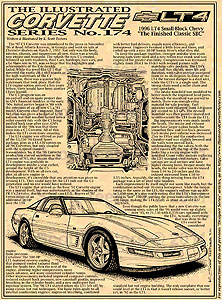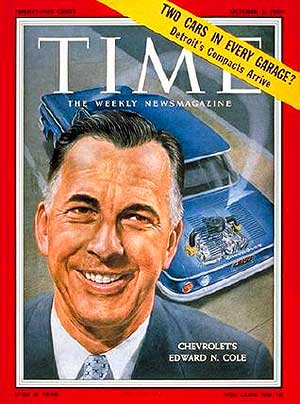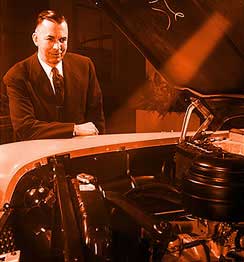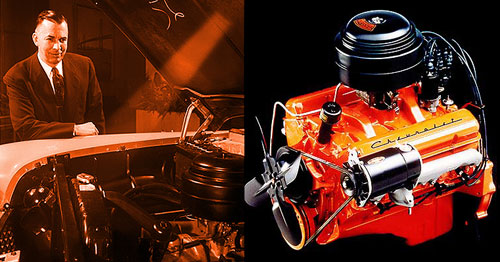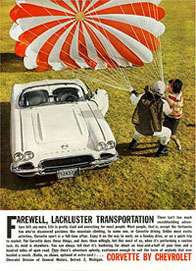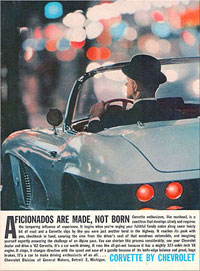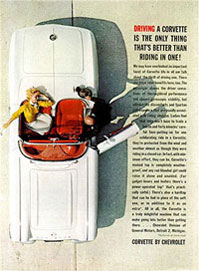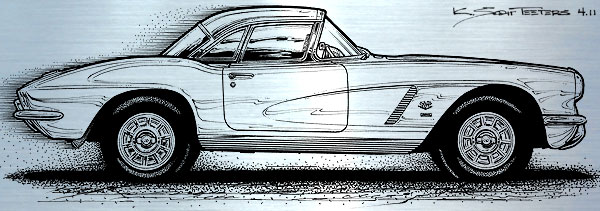A Corvette That’s Never Not Been a Racer!
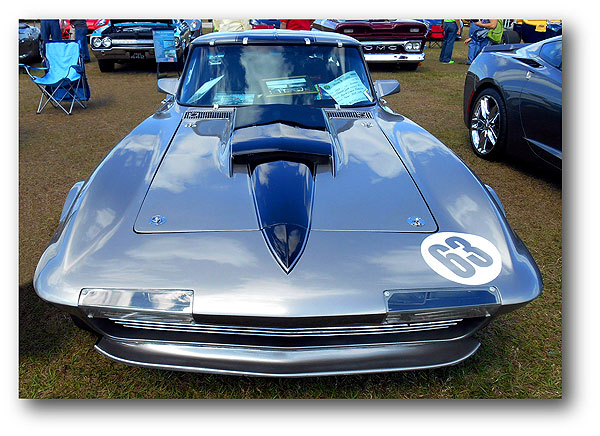
Dateline: 6-15-17 – Ken Hazelton’s 1963 Split-Window Coupe Corvette Sting Ray is a unique car. Ken’s Corvette has never been a streetcar. Although born to be a street sports car, this Sting Ray has never been anything but a racecar. Zora Arkus-Duntov was the driving force behind making sure that production Corvettes could be easily turned into competitive racecars. He was famous for saying, “I want my customers to enjoy their Corvette.” Even though he was in the engineering department and not sales and marketing, he thought like a salesman. Duntov’s insistence that Corvette customers had access to Chevrolet engineered parts for racing, created the Corvette’s halo of racing.
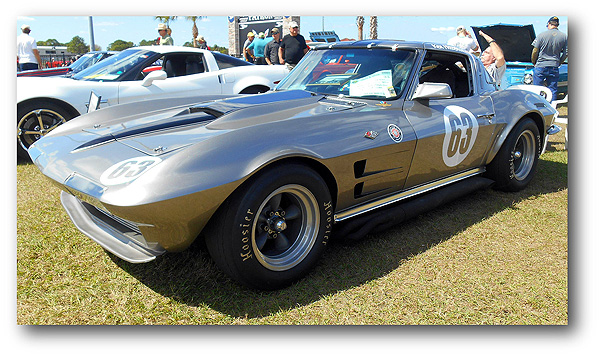
Unlike any other American automobile, the Corvette was born to be a racer. In 1951 when Harley Earl went to his first sportscar race at Watkins Glen, he saw the raw enthusiasm for the new breed of small cars from Europe – sports cars. Earl was an automotive genius and pioneer, who often saw possibilities where most did not. For the most part, Americans preferred big cars. But Earl reasoned, “Why should the Europeans have all the fun and racing glory? There should be an America sportscar.” The rest, of course, is history.
Because “racing” was built into the Corvette’s DNA, the car attracted others that saw potential for greatness. Without men such as Ed Cole, Zora Arkus-Duntov, Mauri Rose, Bill Mitchell, and many others, Continue reading “
Ken Hazelton’s 1963 Split-Window Coupe Corvette Racecar”

